The Best Grass Seed for Your North Texas Lawn
BY WHITNEY LEHNECKER | MAY 8TH, 2023 | LAWN CARE, NORTH TEXASTexas is a sprawling place. Covering a whopping 269,000 square miles and occupying a land mass larger than 39 of the world’s countries, it’s the second largest state in the nation.
Who cares? You do if you’re trying to grow a beautiful lawn, because Texas is so large that what thrives in the arid West Texas city of El Paso won’t do as well in the more temperate climate of Dallas and North Texas.
It’s important to know the differences so you can make wise choices about your grass seed and grow a lawn that will be the envy of your North Texas neighborhood.
In this article:
Understanding Warm-Season Grasses
Turfgrasses are classified as either cool-season or warm-season grasses, and here in Texas – pretty much everywhere in Texas – warm-season grasses should be your go-to.
Here’s the difference:
Cool-season grasses thrive in the spring and late fall when soil and air temperatures are 65 to 75°F. Since they have adapted to survive below-zero climates, they aren’t as adapted to hot summers. They do well when temperatures are milder in July and August but need more water when it’s hot to stay green.
Warm-season grasses, on the other hand, are better adapted to warm climates and the summer heat like ours. They tolerate drought better and continue to grow when temperatures soar, but they don’t grow as well in cooler temperatures.
So now let’s look at the best warm-season varieties of grass seed for North Texas.
Best Grass Seeds
Bermudagrass
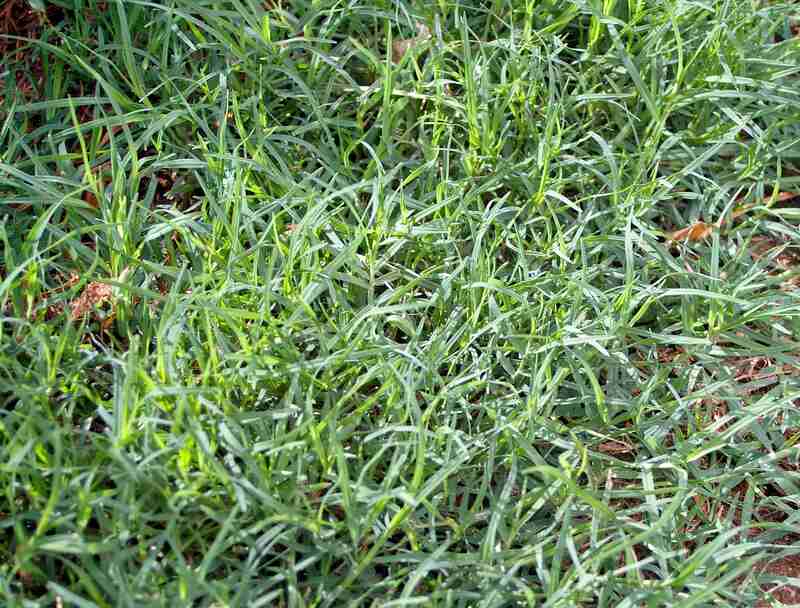
Photo Credit: Bidgee / Wikimedia Commons / CC BY-SA 3.0
Bermudagrass is the fastest-growing of all the warm-season grasses, making it difficult to control, especially around flower beds or borders. But its fast growth rate means Bermudagrass stands up well to heavy foot traffic, which is why it’s a popular choice for golf courses and athletic fields. It likes direct sun and needs well-draining soil, making it ideal for this climate.
Classification: Warm-season grass
Spreads by: Both stolons and rhizomes
Shade tolerance: Low
Drought tolerance: High
Foot traffic tolerance: High
Maintenance needs: Moderate
Mowing Height: 1.5 to 2.5 inches
Potential for disease: Low
St. Augustinegrass
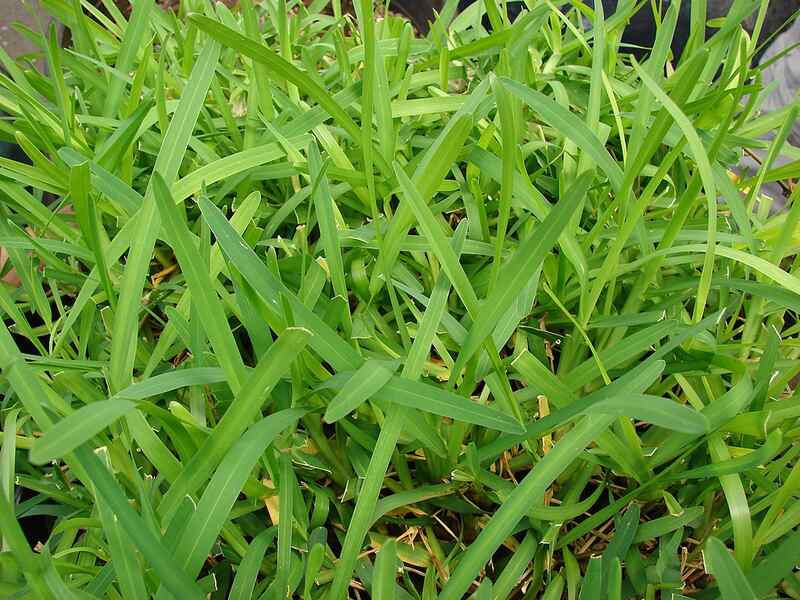
Photo Credit: Forest & Kim Starr / Wikimedia Commons / CC BY 3.0 US
St. Augustinegrass is one of the more attractive grasses, with its broad, dark green blades. St. Augustinegrass tolerates cold better than Bermudagrass and Zoysiagrass, but it goes dormant when soil temperatures go below 55 degrees Fahrenheit.
If your yard is tree-lined, St. Augustinegrass is a great option, as it does just fine in the shade. It tolerates drought, too. St. Augustinegrass grows fast, but that also means it requires frequent mowing.
On the downside, St. Augustinegrass doesn’t tolerate lots of wear and tear as well as some other grasses. So, if you plan to use your lawn heavily, we recommend you avoid this grass.
Classification: Warm-season grass
Spreads by: Stolons
Shade tolerance: High
Drought tolerance: Moderate
Foot traffic tolerance: Low
Maintenance needs: Moderate
Mowing Height: 2.5 to 3.5 inches
Potential for disease: High
Zoysiagrass
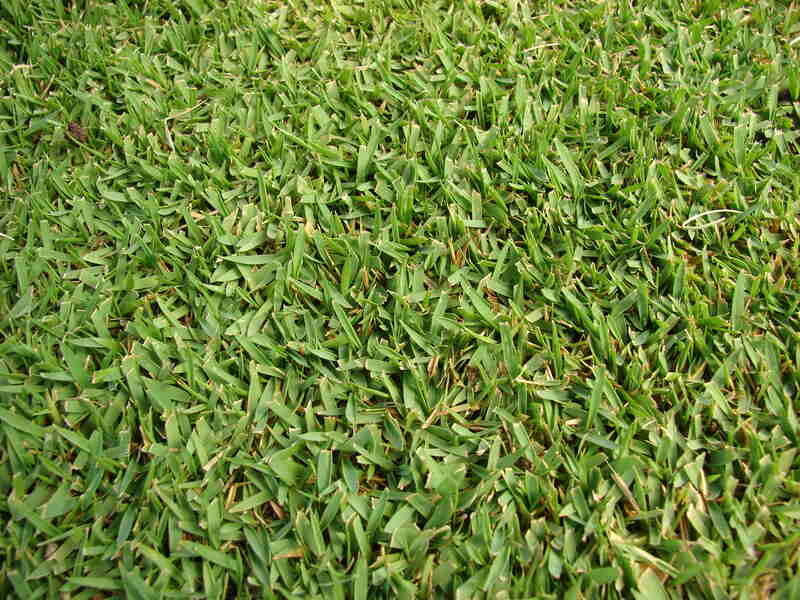
Photo Credit: Forest & Kim Starr / Wikimedia Commons / CC BY-SA 3.0
Zoysiagrass looks beautiful, with its green, medium-coarse grass blades. It’s durable but takes time to recover from damage. Zoysiagrass has an extensive root system, making it tolerant of drought and shade.
Zoysiagrass is popular throughout Texas, but it’s on the expensive side, perhaps because it’s both hardy and requires little maintenance. It needs little fertilization and can resist diseases and insects. Zoysiagrass can take a long time to spread and form dense turf, but it grows quicker under full sun.
- Classification: Warm-season grass
- Spreads by: Rhizomes and stolons
- Shade tolerance: Moderate
- Drought tolerance: Moderate
- Foot traffic tolerance: High, but it takes time to recover from damage
- Maintenance needs: Low fertilizer requirements. It’s prone to thatch build-up.
- Mowing height: 1 to 2 inches
- Potential for disease: Low
Buffalograss
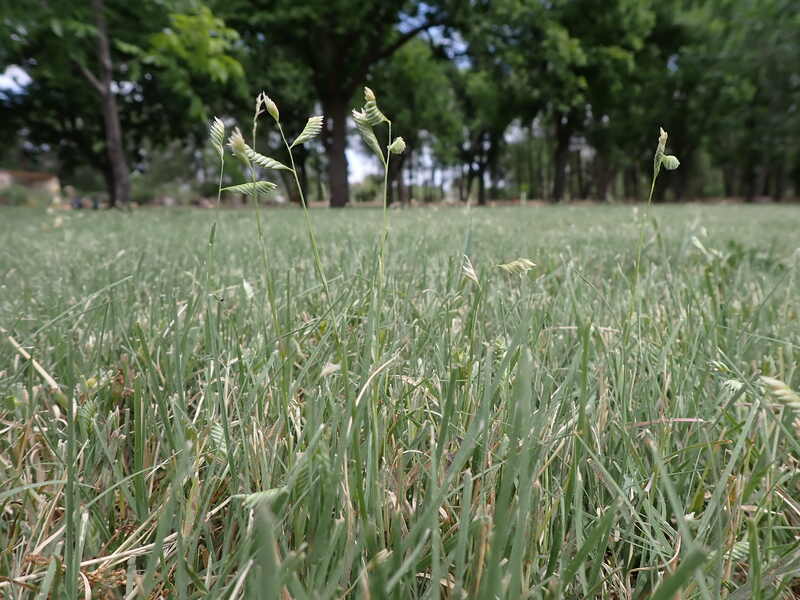
Photo Credit: Matt Lavin / Flickr / CC BY-SA 2.0
If you’d prefer not to spend time and money watering your lawn, buffalograss is a great choice. It’s naturally drought-tolerant and disease-resistant (meaning it doesn’t require extra fertilizer or pesticides). Its lower and slower growth rate also means you don’t need to water it as much as other grasses.
Buffalograss has a cool, green summertime color, making it a very attractive turf. It also has finer and drier leaves than other grasses, so it doesn’t clump or thatch when you mow it.
Classification: Warm-season grass
Spreads by: Rhizomes
Shade tolerance: Low
Drought tolerance: High
Foot traffic tolerance: Moderate
Maintenance needs: Very Low
Mowing Height: 2 to 3 inches
Potential for disease: Low
Centipedegrass
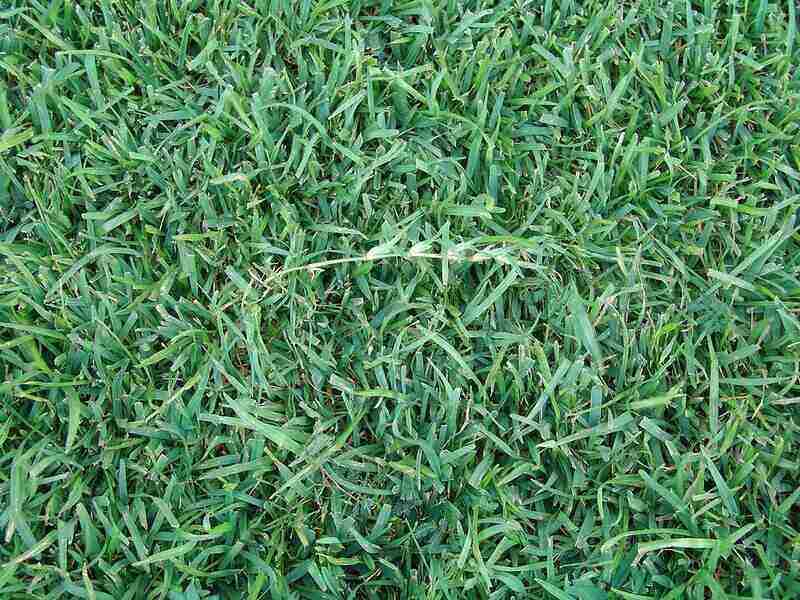
Photo Credit: James Becwar / Wikimedia Commons / CC0
For a low-maintenance lawn, centipedegrass is probably your best bet. Its slow, low-growth habit means you don’t need to mow or fertilize it as often as other warm-season grasses. It also tolerates diseases.
Centipedegrass doesn’t tolerate heavy foot traffic, cold, or shade. If you have a shady area or plan on using your lawn frequently, avoid this grass.
Classification: Warm-season grass
Spreads by: Stolons
Shade tolerance: Low
Drought tolerance: High
Foot traffic tolerance: Low
Maintenance needs: Low
Mowing Height: 1.5 to 2 inches
Potential for disease: Moderate
FAQ about grass types for North Texas
If you get a lot of shade, go for St. Augustinegrass.
Bermudagrass handles foot traffic very well, making it a great option for busy yards.
Either centipedegrass or Bermudagrass is the way to go.
Centipedegrass and buffalograss handle highly acidic soils well, so either is a good choice.
The Final Word
When picking a grass seed from the list above, remember to also consider how much you’ll be using your lawn and how much time you want to spend maintaining it because each variety has strengths and weaknesses.
Once you pick your grass, add some native plants to your yard. Not only are they good for the ecosystem, but they’ll look good in your yard while not needing much attention.
If you want a professional to do the work instead, contact one of Wikilawn’s lawn care pros, and we’ll lend a helping hand.
Main Photo Credit: University of North Texas / Michael Barera / Wikimedia Commons / CC BY-SA 3.0